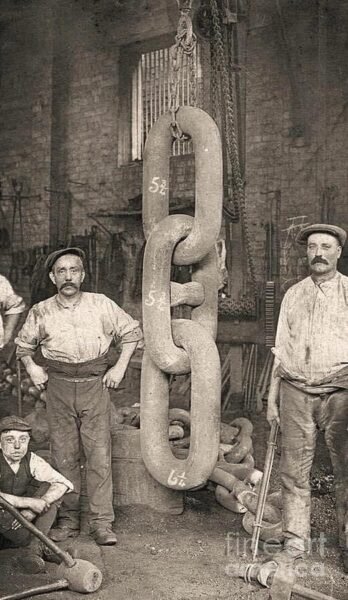In the annals of agricultural history, New Holland tractors stand as iconic symbols of progress and innovation. Since their inception in 1925, these robust machines have left an indelible mark on the farming landscape, reshaping traditional practices and ushering in a new era of productivity. In this historical journey, we delve into the transformative evolution of New Holland tractors, examining the significant changes and milestones that have shaped their development over the decades.

1. 1925: A New Era in Farming
In 1925, the world witnessed the advent of the first New Holland tractor—a groundbreaking invention that marked a turning point in farming history. With its single-cylinder engine and sturdy design, this tractor replaced the age-old reliance on animal-powered plows and brought about a wave of mechanization in agriculture.
2. Mid-20th Century Advancements
The mid-20th century witnessed notable strides in New Holland tractor technology. Multi-cylinder engines and hydraulic systems improved the tractors’ power and efficiency, revolutionizing farming practices worldwide. These advancements played a crucial role in boosting agricultural output during a period of rapid growth and expansion.
3. Embracing Modern Technology
As the 20th century progressed, New Holland embraced modern technology to further enhance their tractors’ capabilities. The introduction of electronic controls and advanced instrumentation marked a significant leap forward, allowing farmers to streamline their operations and achieve higher levels of precision.
4. Sustainable Farming Practices
With the onset of the 21st century, New Holland prioritized sustainability and environmental responsibility. Pioneering the use of alternative fuels and emission-reducing technologies, the brand played a pivotal role in promoting eco-friendly farming practices and addressing global environmental challenges.
5. Precision Agriculture and Connectivity
In the contemporary era, precision agriculture and connectivity have become defining features of New Holland tractors. Equipped with GPS-guided systems and real-time data analysis capabilities, these machines empower farmers to optimize field operations, minimize waste, and improve overall efficiency.
6. Enhancing Operator Comfort and Safety
As the focus shifted to operator well-being, New Holland introduced ergonomic cabin designs, climate control systems, and improved visibility. These enhancements not only increased operator comfort during long hours of work but also contributed to enhanced safety in the field.
7. Embracing AI and the Future of Farming
Embracing the possibilities of the future, New Holland is at the forefront of integrating artificial intelligence (AI) into their tractors. With AI-driven functionalities, the machines are poised to achieve autonomous operations, sophisticated decision-making, and optimal resource management—ushering in a new era of smart farming.
The history of New Holland tractors is a testament to the indomitable spirit of innovation that has driven the agricultural industry forward. From their humble beginnings in 1925 to the technologically advanced models of 2023, these tractors have played a vital role in shaping the course of farming history. As they continue to embrace cutting-edge technology and sustainable practices, New Holland tractors represent not only a storied past but also a promising future for the global farming community.
As an Amazon Associate we earn from qualifying purchases through some links in our articles.




